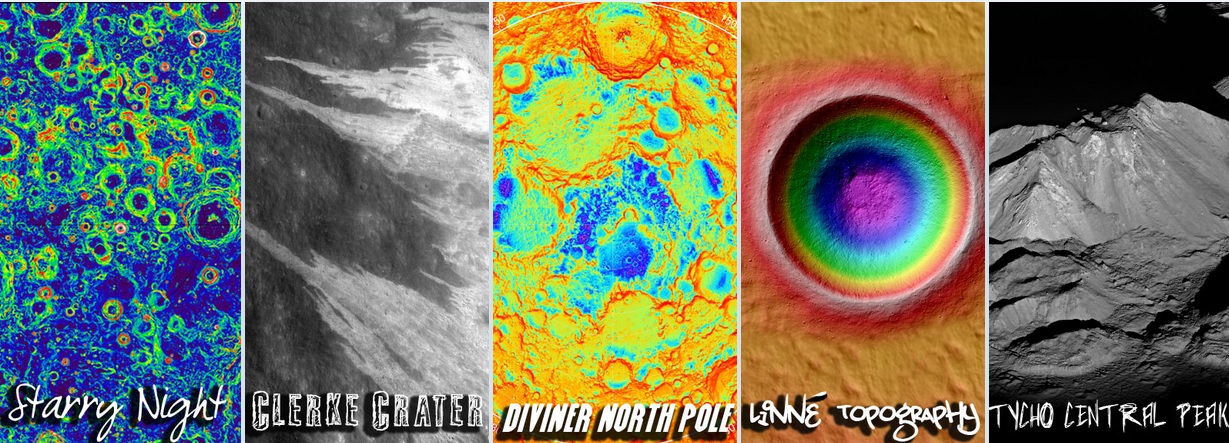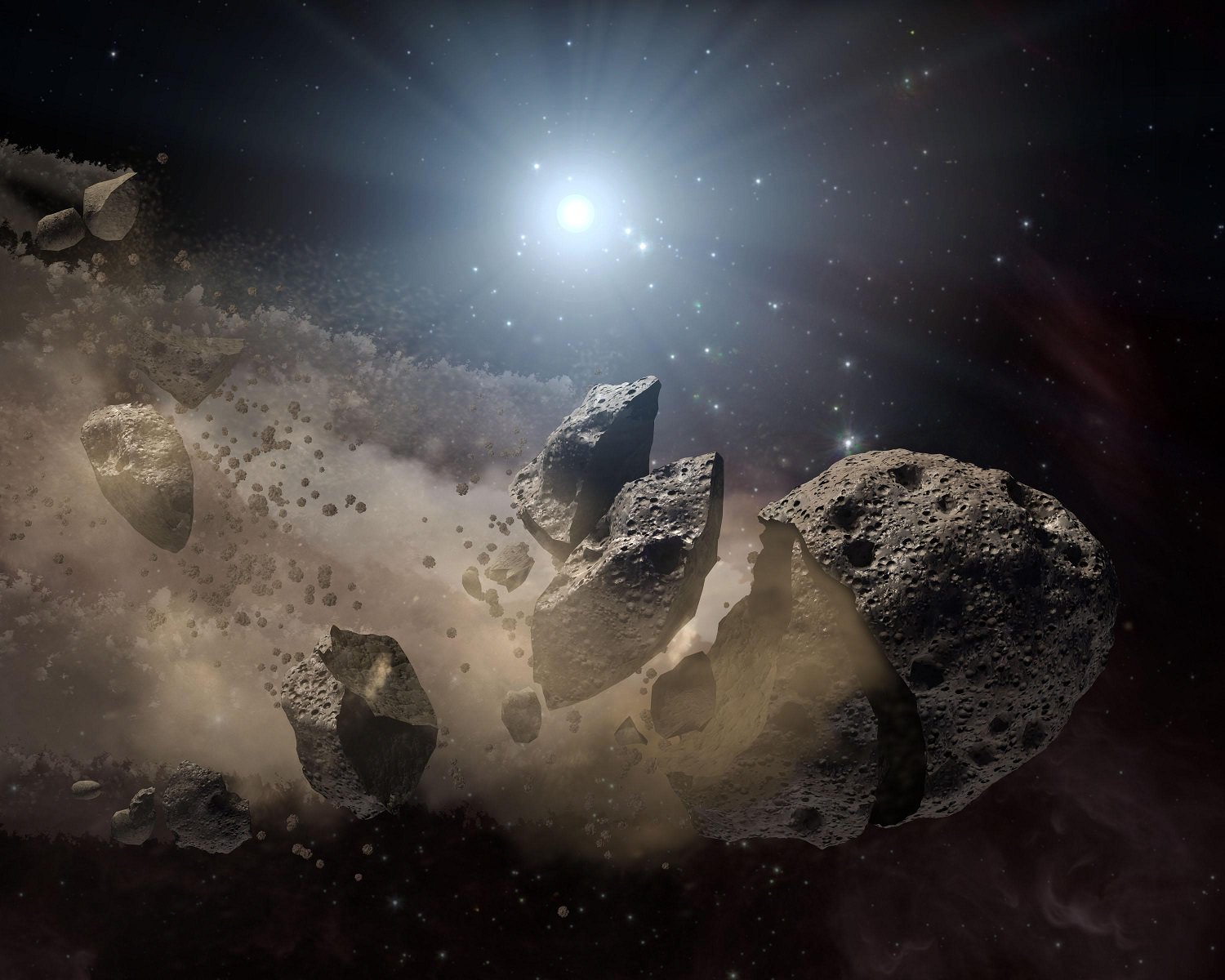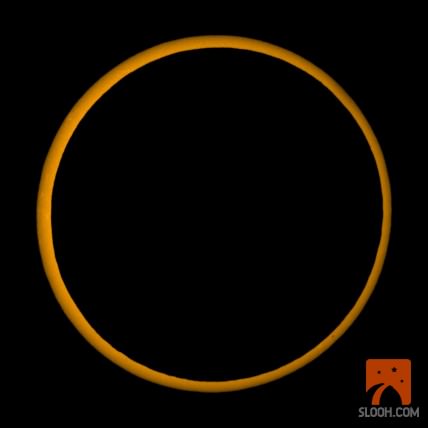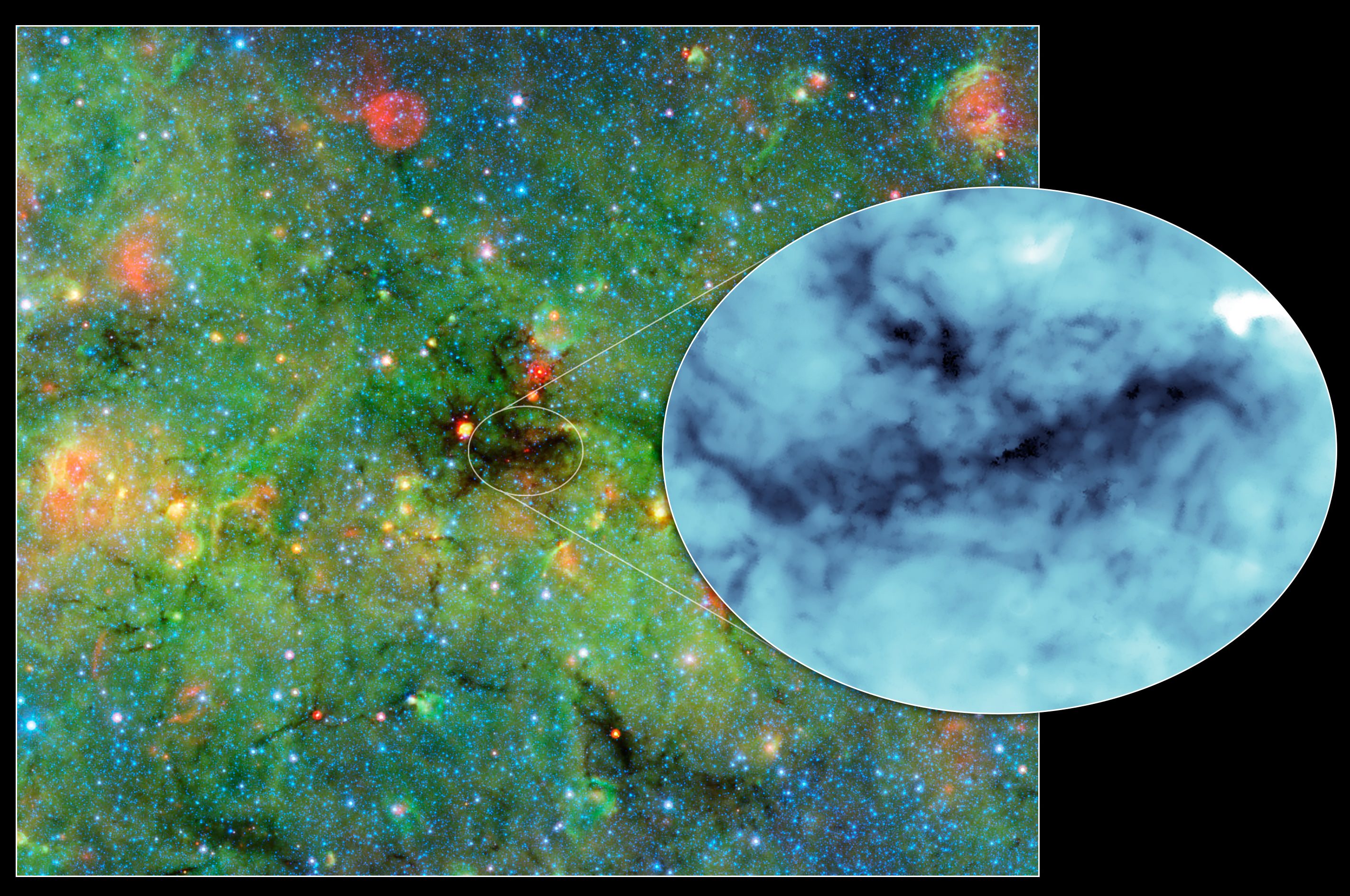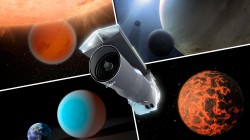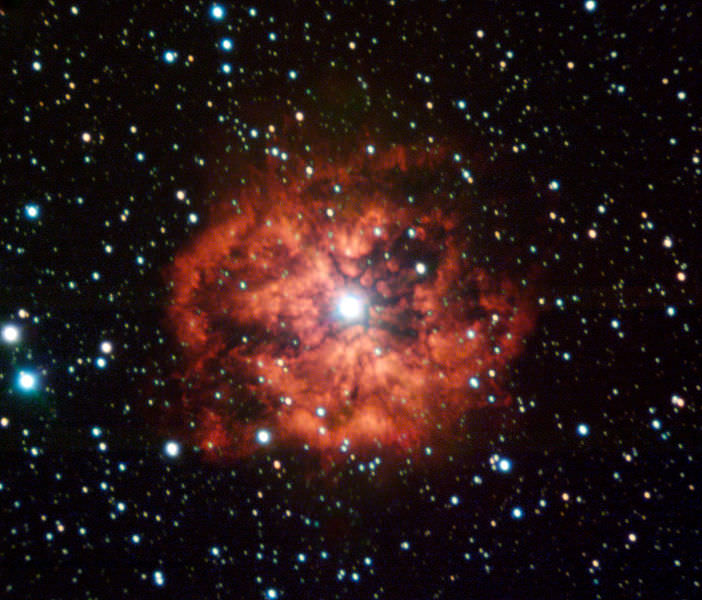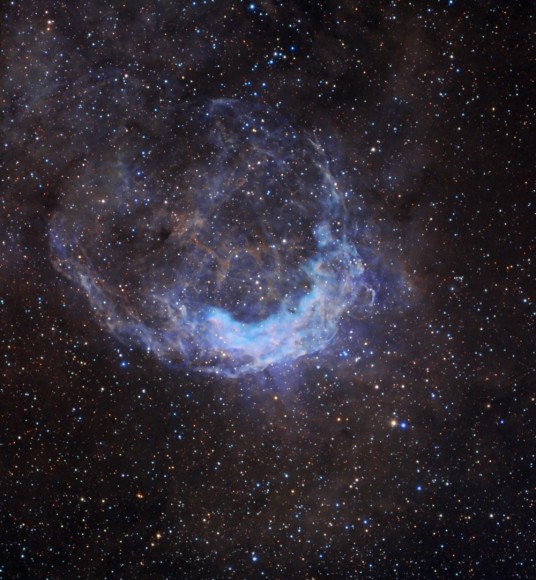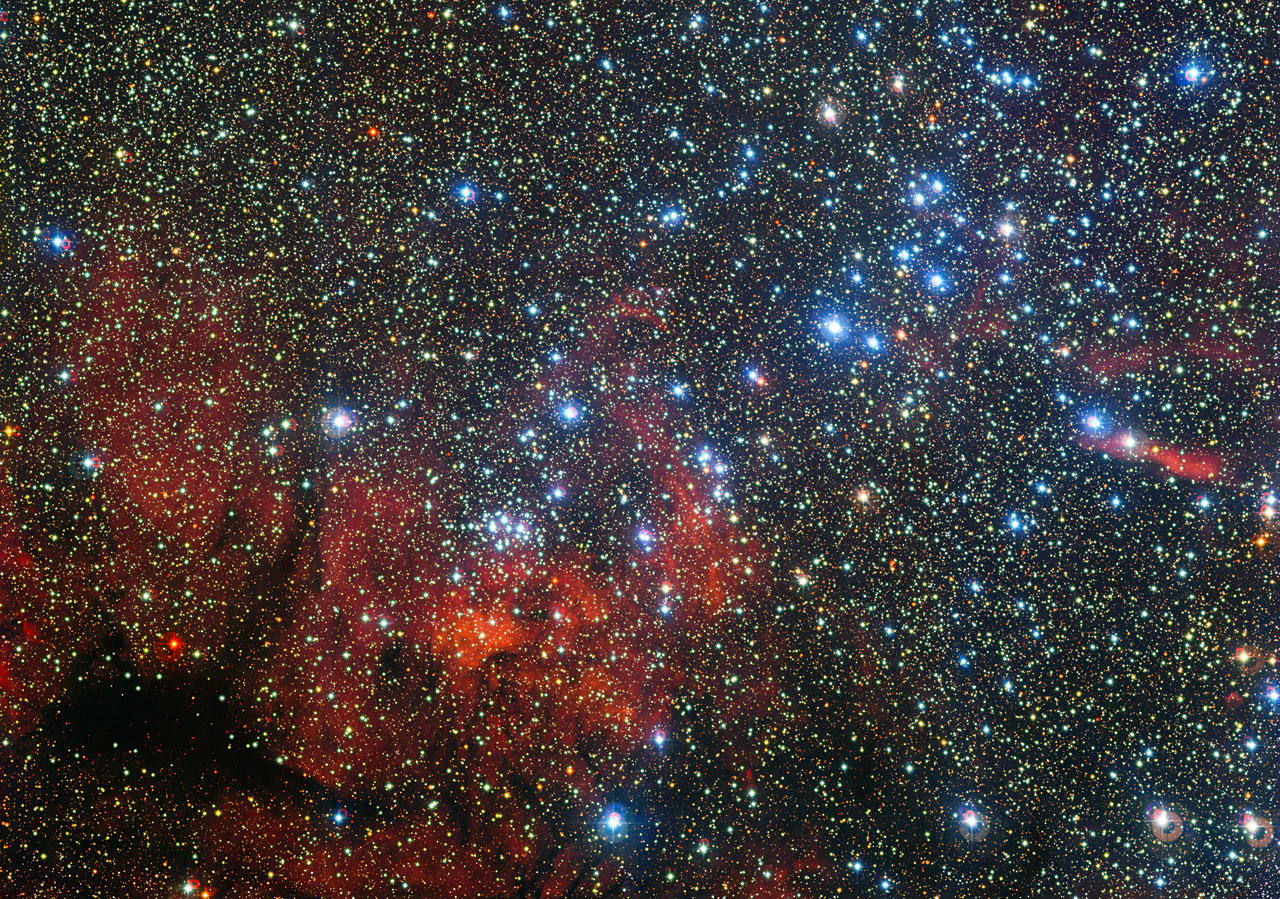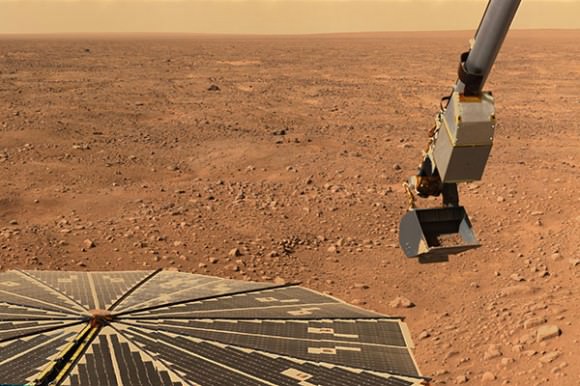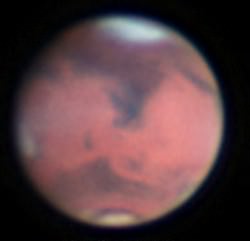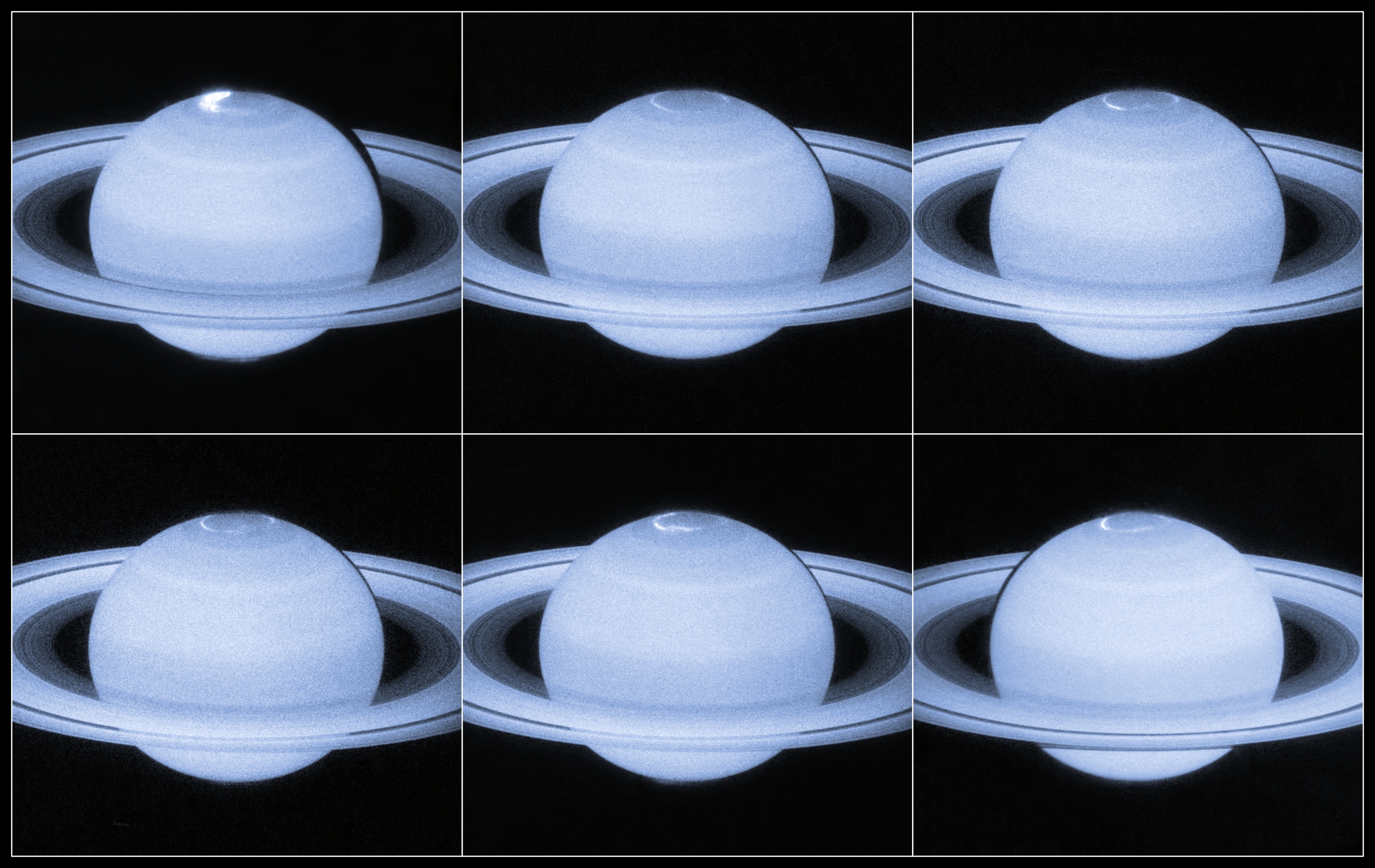It’s amazing what astronomers can figure out from afar, and this now might include whether a star ate a few planets sometime during its history. Through looking at the predicted elements that make up a star, and any changes, this could be a key to figuring out if any planets were swallowed up by the star.
“Imagine that the star originally formed rocky planets like Earth. Further, imagine that it also formed gas giant planets like Jupiter,” stated Trey Mack, a graduate student in astronomy at Vanderbilt University who led the research.
“The rocky planets form in the region close to the star where it is hot and the gas giants form in the outer part of the planetary system where it is cold. However, once the gas giants are fully formed, they begin to migrate inward and, as they do, their gravity begins to pull and tug on the inner rocky planets. If enough rocky planets fall into the star, they will stamp it with a particular chemical signature that we can detect.”
Stars are mostly made up of hydrogen and helium (98%), meaning other elements only make up about 2% of the star. These elements (all of which are heavier than hydrogen and helium) are referred to as metals and when it comes to iron abundance, you will sometimes see the term “metallicity” referred to, concerning the ratio of iron to hydrogen.
To expand on previous studies concerning metallicity and how planets form, Mack examined sun-like stars to see the abundance of 15 elements, especially those such as aluminum, silicon, calcium and iron — considered to be the foundation of rocky planets such as the Earth.
The astronomers examined binary sun-like stars HD 20781 and HD 20782, which started with the same chemical compositions since they both came to be in the same gas and dust cloud. One star hosts two Neptune-sized planets, while the other has a Jupiter-sized planet.
“When they analyzed the spectrum of the two stars, the astronomers found that the relative abundance of the refractory elements was significantly higher than that of the Sun,” Vanderbilt University stated. “They also found that the higher the melting temperature of a particular element, the higher was its abundance, a trend that serves as a compelling signature of the ingestion of Earth-like rocky material.”
One of these stars (the one with the Jupiter-sized planet) probably ate up 10 Earth masses while the other star ate about 20 Earth masses. Between the star’s chemical composition and the fact that the gas giants are either in close or eccentric orbits, this implies there would be no rocky planets in the systems. More generally, if other stars are found to meet up with these explanations, this could be a clue to finding rocky planets.
“When we find stars with similar chemical signatures, we will be able to conclude that their planetary systems must be very different from our own, and that they most likely lack inner rocky planets,” added Mack. “And when we find stars that lack these signatures, then they are good candidates for hosting planetary systems similar to our own.”
The study was published earlier this month in the Astrophysical Journal.
Source: Vanderbilt University

